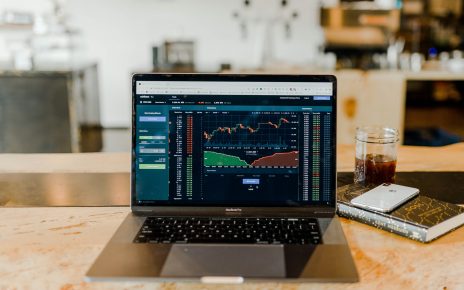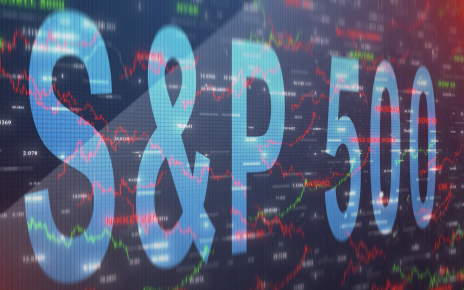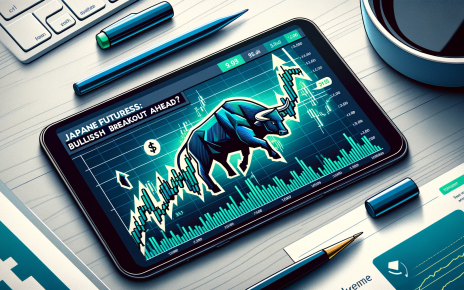After more than a year of uncertainty and instability, investors were rightfully worried about the global economic developments in the foreseeable future. Moreover, the Labor Department’s latest report released in May added fuel to the fire, causing a great commotion among investors concerned about the potential emerging inflation and the presumed Fed’s response.
A higher number of U.S. firms report rising input costs; employment data shows record-breaking 8.1 million unfilled jobs; Eurozone inflation exceeds European Central Bank’s target. All these are telltale signs that inflation concerns are justified.
Following the report, stocks fell sharply, and equities bounced on Thursday and Friday but suffered significant weekly losses.
Still, global stock trading is almost at an all-time high, showing rising confidence in the market. So, the question remains – should investors look through inflation concerns, or should they brace for history repeating itself with another 1970s scenario where consumer prices soar sky-high as a direct result of big government spending?
Core price index jumps to 3.1%

Core Price Index is the most widely used measurement for inflation as it doesn’t consider the volatile and unpredictable prices of food and energy.
It’s measured by the core consumer price index (CPI) – a measure of prices for all goods and services – and the core personal consumption expenditure (PCE) index – an account of the expenses that consumers pay for goods and services, including food, housing, clothing, cars, healthcare, and more.
Considering that inflation indicates rising prices, CPI and PCE are critical indicators of just how much inflation there is in an economy.
As a general rule of thumb, the Federal Reserve aims for the core price index to remain around 2%. If it’s too low, it indicates a lack of activity within the economy. Too high, and it suggests that the consumers’ purchasing power is limited.
According to the U.S. Department of Commerce, the core price index rose to 3.1% in April, overshooting the 2.9% estimates and the 1.9% rates of the previous month. With food and fuel included in the measurement, the rates go up to 3.6%, making this the fastest inflation pace in the past 13 years.
This significant jump justifies investors’ concerns. However, all is not lost, and a bit of inflation isn’t necessarily a negative thing. By all estimates, the current inflation rates are just a temporary trend as global economies reopen. The central bank will allow for slightly higher rates to boost the economy and improve employment rates across the country.
Concerns about Fed raising interest rates
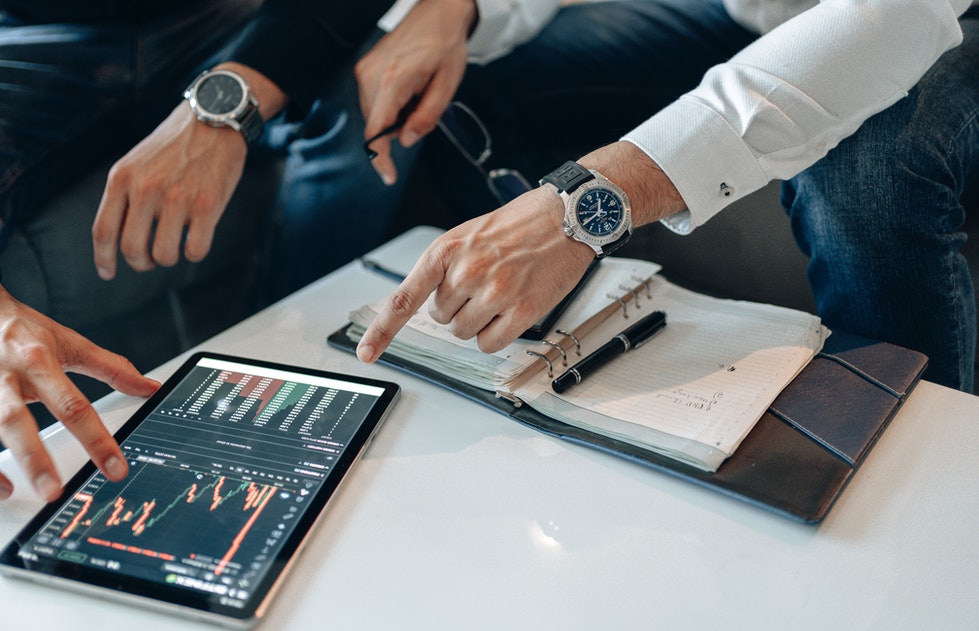
One of the most significant concerns investors have is the potential for the Federal Reserve to raise interest rates in the face of rising inflation.
The Fed’s primary goals are to ensure the best possible employment levels and stabilize prices for goods and services. There are several ways to achieve this, and one of them is by adjusting short-term interest.
When the unemployment levels are going up and the economy is slowing down, the Fed might lower interest rates, making it easier for consumers to borrow and, therefore, boosting hiring, investing, and spending.
When the economy is going through a period of exponential growth, such as in the case of post-pandemic reopenings, the Fed could start worrying about inflation. To avoid it, they could increase interest, automatically making borrowing more expensive and decreasing spending.
Naturally, when interest rates fluctuate, so do the market rates.
In the case of bonds, their value falls when the interest rates rise, and vice versa. As a result, any change in the interest could lead to capital gains or losses in an investment, also known as paper profits and paper losses.
Back in 2008, the Fed lowered interest rates to boost the economy, keeping them close to zero. However, once the economy strengthened by 2015, the Fed increased the rates by nine times, significantly impacting investments and bonds.
Investors are worried that the same thing could happen once again. In 2019 and 2020, Fed decreased interest three then subsequently two times. The slow “return to normal” with rising demand for goods and services and short supplies could push the Fed to raise interest rates and moderate consumer spending.
Still, the Fed says that higher inflation is just transitory as economies reopen. Moreover, many economists believe that inflation will slow down by the end of 2021.
US jobs under a question mark

At the start of the pandemic in 2020, unemployment rates in the U.S. rapidly increased, leaving millions jobless. As a result, companies started operating at lower capacities, assembly lines closed, and almost 15% of jobs were cut, leading to more insufficient supplies of various goods and services.
Now when the economies start back up and over 50% of U.S. adults have received at least the first dose of the COVID-19 vaccine, we see a rise in demand in some segments.
Non-farm payrolls increased by 559,000, and the U.S. government has spent trillions trying to curb the financial impact of the pandemic with several rounds of stimulus checks and improved unemployment benefits. Even though the payrolls are 7.6 mn below the pre-pandemic peak, consumers are preparing to start spending on the service industry – traveling, dining out, visiting entertainment centers.
This shift from goods to services is already driving up costs. For example, plane tickets went up by over 10% between March and April, and many airlines are struggling to find staff and flight crew to accommodate the rising demand.
As a result, we see demand-pull inflation, with upward pressure on prices and a supply shortage, that could drive interest rates up.
Slightly increasing interest rates is seen as a positive shift for the U.S. and Fed, but it’s a temporary trend. In addition, reopenings are leading businesses to bump up staffing by offering higher wages and better benefits. As a result, staff shortages are expected to stabilize within months, meaning that supply and demand should come to an equilibrium.
Investors could position for reflation and start seeking higher yields. However, even with spikes in inflation, interest rates should remain low for the foreseeable future.
Global Stock Markets Showing Justified Confidence Despite the inflation concerns, global stock trading remains virtually unaffected. Stock markets are displaying confidence, and there’s reason to believe it’s wholly justified.
Chinese exports rising
In May, Chinese exports rose to almost 28%. While the figure is slightly lower than expected (and weaker than in April), it does indicate a strengthening global demand.
With last year’s base effects, the rising commodity prices lead to Chinese imports rising by 51.1% year over year, making this the best reading in the past ten years.
Economists and investors expect to see a significant rebound in offshore Chinese equities, especially with the accelerated vaccination pace and rising external demand.
Signs of accelerating economic growth
One of the main reasons economists believe that the rise in inflation is only temporary is that global economies show signs of accelerating growth.
Eurozone inflation reports from May indicate that price hikes are only confined to a few inputs, such as fuel and raw materials.
However, heightened consumer spending indicates that supply lines are largely unaffected, with goods flowing through the supply chains without serious issues.
With over 559,000 new jobs created in the U.S. in May and increased consumer spending, economic growth remains positive, with expectations that the base effects of the previous years will quickly fade.
Global earnings rebounding
There’s no better indicator that the rising inflation will be short-lived than the rebounding of the global economies. The reports from Q1 of 2021 proved to be the best in over a decade, with estimates of the global earnings growth increasing to 38%.
Both the Eurozone and Japan are forecast to hit global earnings growth of 40%, while the U.S. is looking at an increase of 50%. As a result, even the best-performing equities of the past year are expected to see a faster earnings recovery.
Fed pursuing an average inflation target
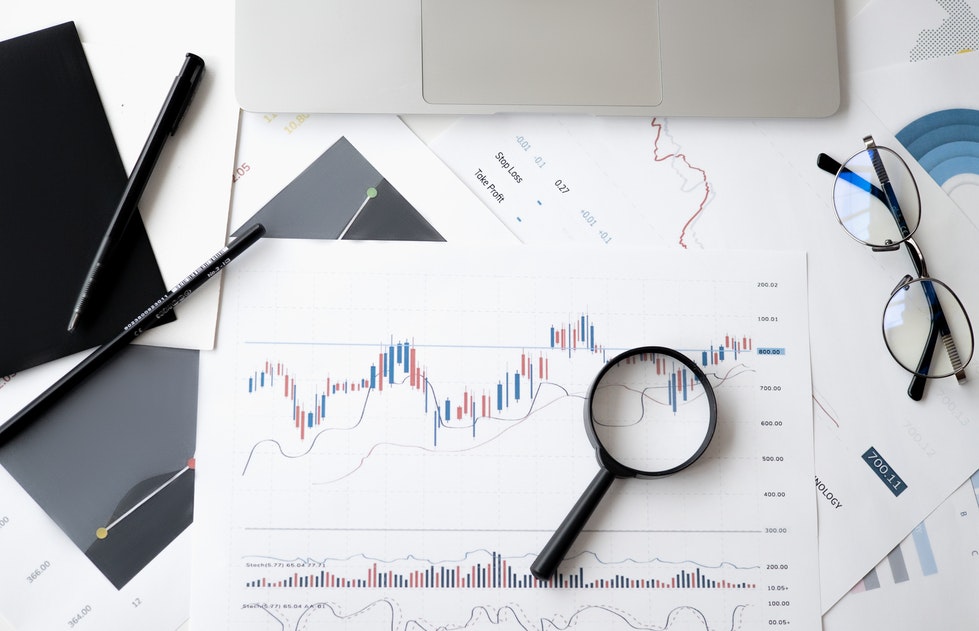
Regardless of the inflation indicators and rising investor concerns, Fed Governor Lael Brainard reminds us that Fed is still after the average 2% inflation target.
For over two decades, inflation was well below the coveted 2%, raising concerns about the slowdown of the U.S.’s GDP. Therefore, the temporary rise in inflation is a welcome change. Moreover, when it’s controlled, slight inflation is an indicator of a healthy, growing economy.
President Joe Biden is negotiating a $1.7 trillion infrastructure package; In the E.U., several countries plan to invest over EUR 800 billion in the next five years to ramp up the economy.
Final Thoughts
Inflation is undoubtedly a risk that investors should keep in mind. However, there’s no reason to believe it will negatively impact stocks and bonds in the long run.




